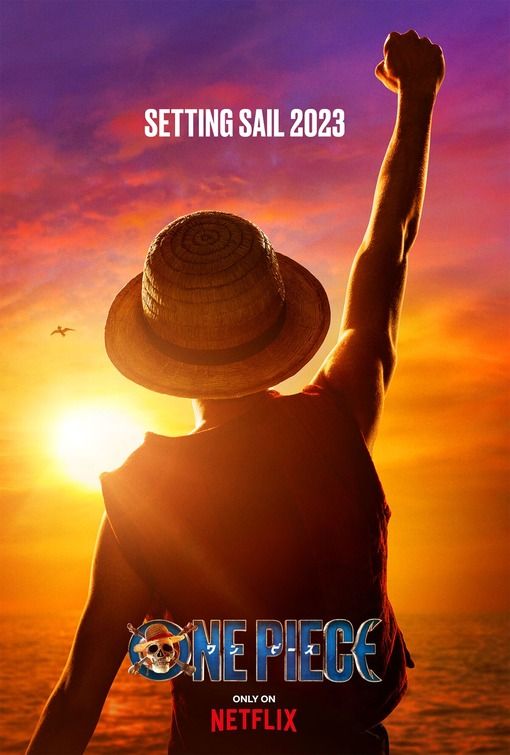The long-running One Piece anime received a live-action adaptation late in the summer of 2023 on Netflix, and many fans now recognize it as one of the few truly great anime adaptations in live-action. Clearly, it would take a monumental effort to adapt One Piece's anime even halfway well, let alone that well, and many challenges were overcome to make all this possible.
The live-action One Piece series did many things right, and the producers smartly faced and solved all kinds of challenges and problems along the way. Those challenges were many and varied, from casting choices to pacing, costume design, dialogue, and even tone and mood. All this sets a new, higher standard for how producers can tackle the inherent challenges of adapting anime into live-action movies and TV series.
The One Piece Live Action Series Turned Out Incredibly Well
10 Maintaining Proper Pacing
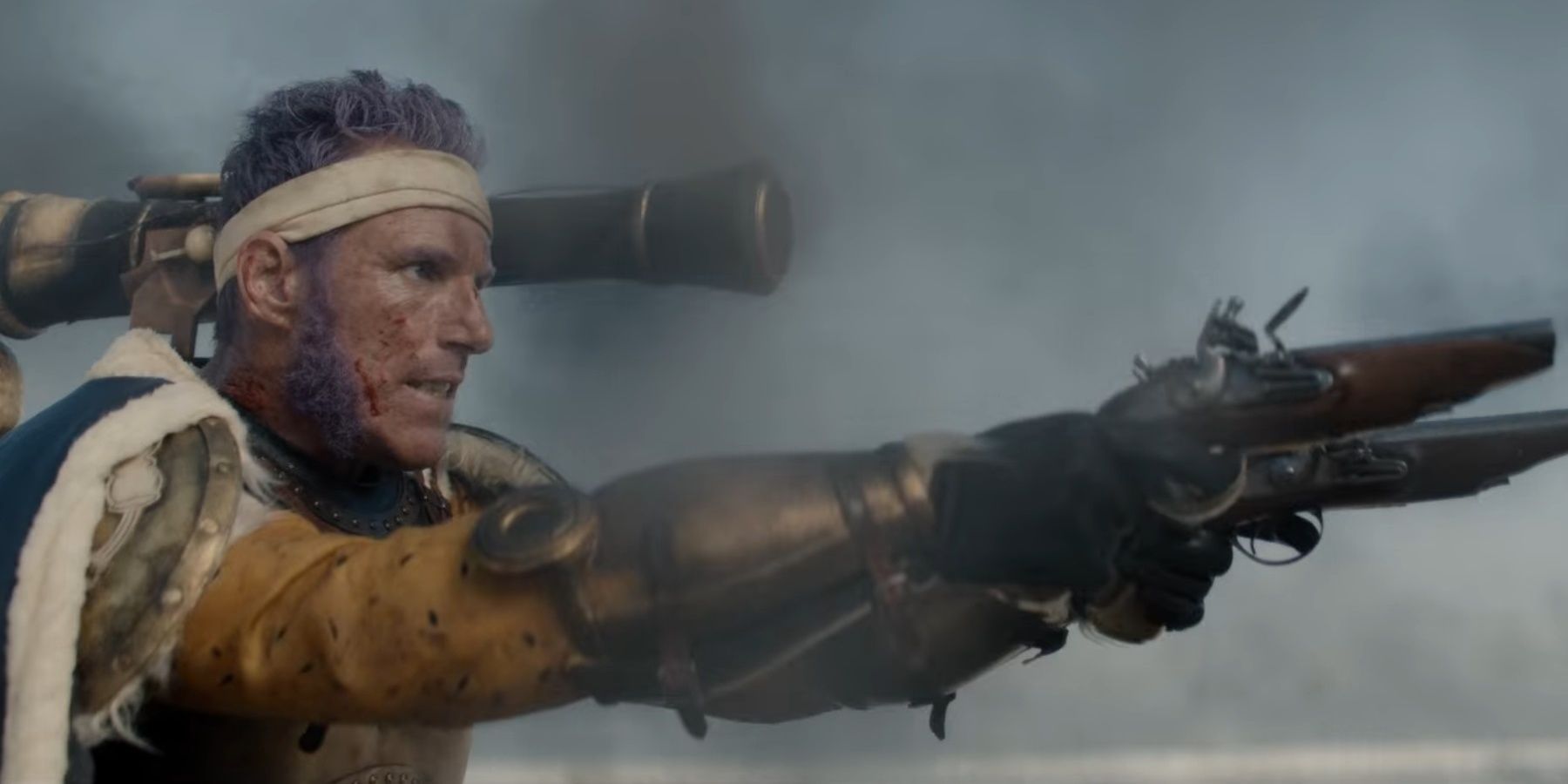
The original One Piece anime series is a leisure adventure that took over 1,000 episodes to reach its current storyline. That means One Piece's anime has fairly slow and deliberate pacing, which leaves ample room for character development, worldbuilding, and far more, and anime fans are used to it.
However, that wouldn't work in live action, so Netflix's producers had to tighten up the pacing in several ways. One solution was to cut all filler episodes and arcs, and the producers even omitted filler-esque scenes and storylines such as going to Loguetown and showing Luffy fighting Don Krieg the pirate captain.
9 Accurately Casting the Main Characters
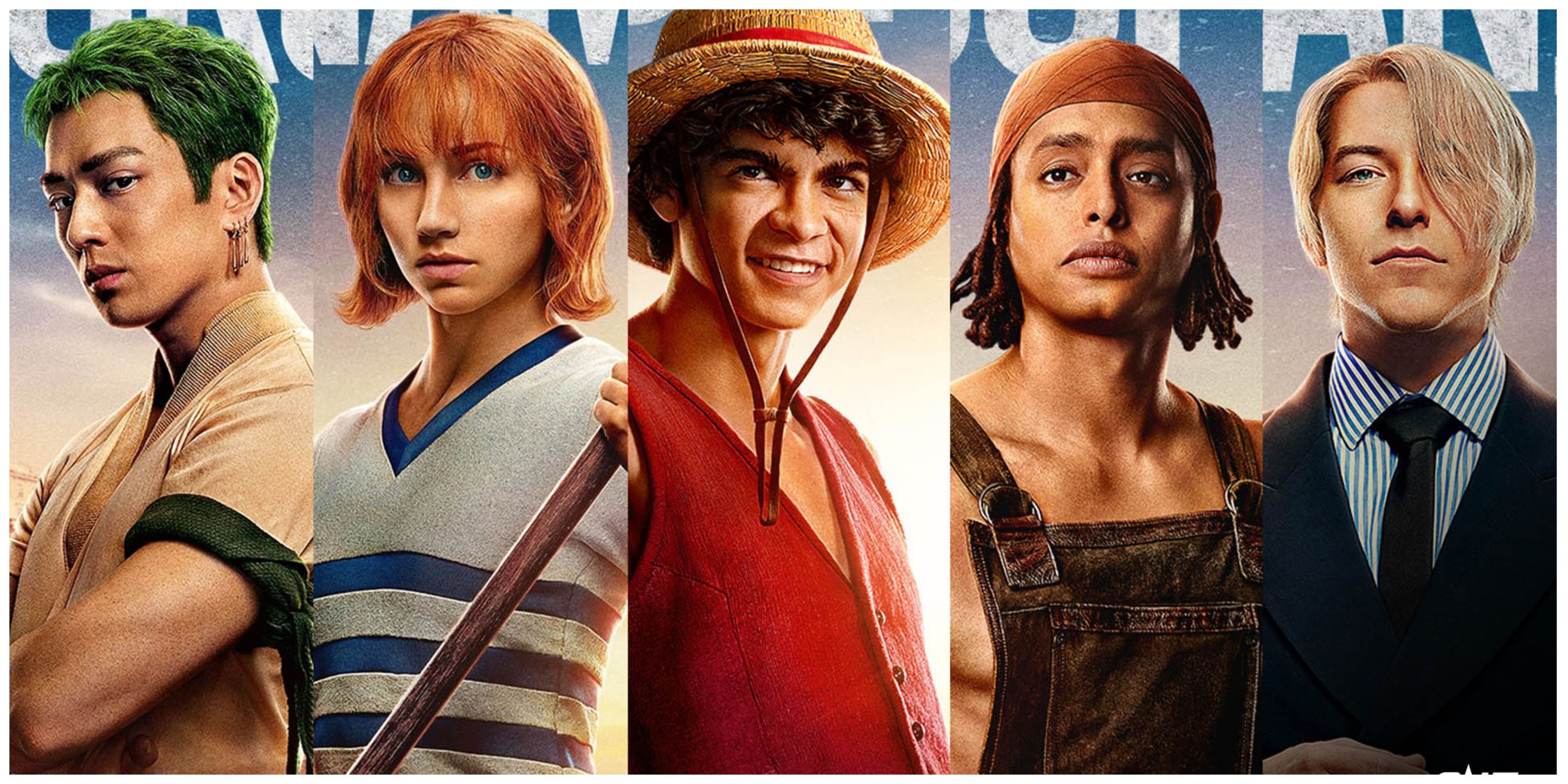
One Piece's Casting Was Simply Perfect
Some anime series such as One Piece, Naruto, and Hunter x Hunter take place in fictional worlds that don't have the real world's geopolitical maps, ethnicities, and so on. That makes it tough to decide who to cast for roles in such series when and if they become live-action, and there have been some misfires before.
One Piece's Netflix series referred to author Eiichiro Oda's ideas about where the characters would come from in real life. Roronoa Zoro would have been from Japan, so the Japanese actor Mackenyu got the role. Luffy was imagined as Latin American, so Mexican actor Iñaki Godoy was cast as the rubbery pirate captain himself. All that made for accurate and tasteful casting that felt like authentic One Piece.
8 Making the Villains Scary Rather Than Silly
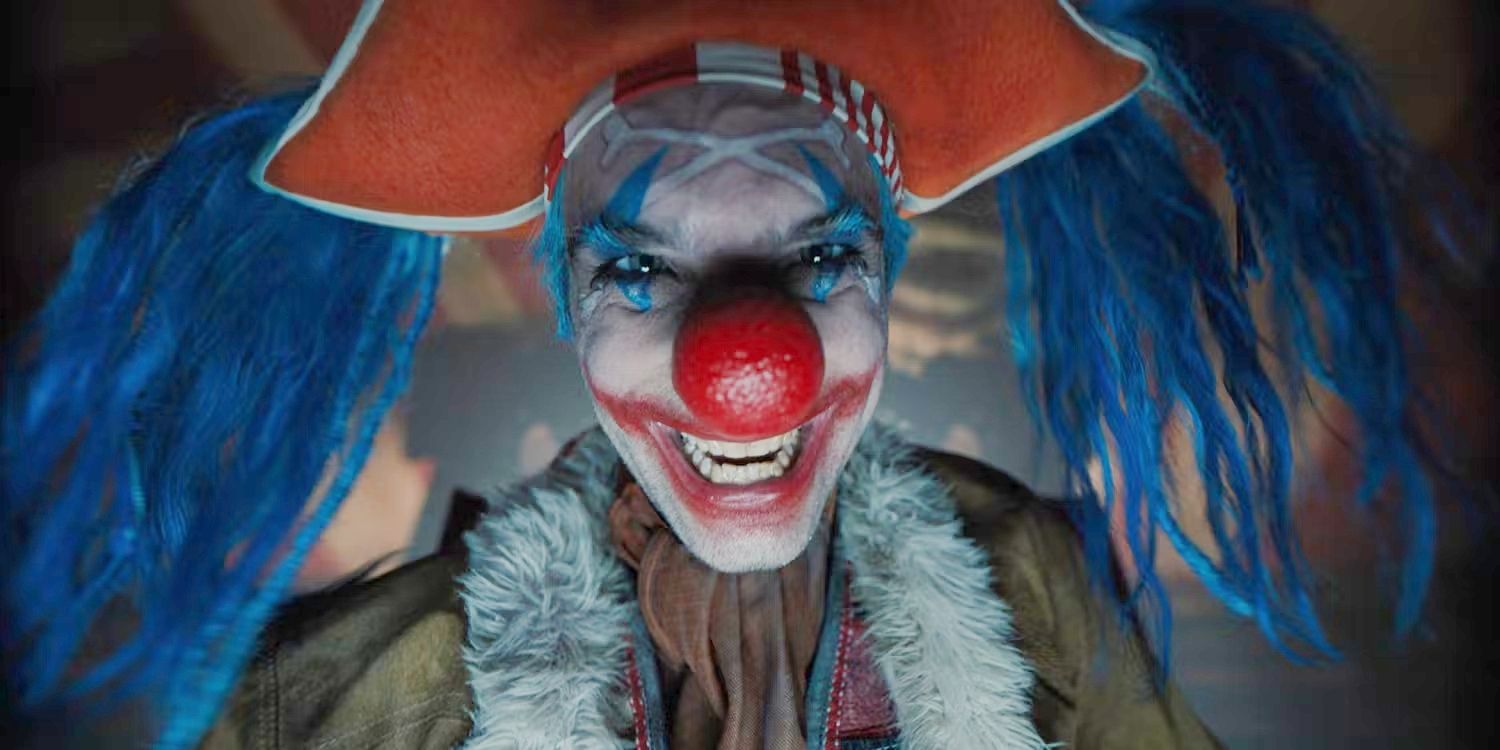
Plenty of villains in One Piece are more cartoony than scary, even if they have powerful abilities and commit many heinous deeds, such as Foxy the Silver Fox, Buggy the Clown, and at times, even Captain Blackbeard. The challenge was to make the live-action versions of characters like Buggy accurate but also more than a source of comic relief.
Netflix's One Piece series solved this challenge by focusing on the villains' evil, subversive side while ignoring their comic relief qualities. Buggy, portrayed by actor Jeff Ward, played up the character's "monster clown" side and captured his arrogant vanity without making a joke of the character, and it worked.
7 Delivering Steady and Timely Worldbuilding
Anime Series of All Genres Need Strong Worldbuilding
The original One Piece manga/anime franchise is famed for its extensive worldbuilding – its geography, the many nations found on the world's islands, various political entities, history, and more. However, there was no way to cram all that into the live-action series. Conversely, it would be a shame to omit worldbuilding entirely.
The solution was an elegant middle ground where name-dropping became the norm. Various One Piece characters name-dropped certain organizations, characters, locations, and even historical events to quickly and cleanly build up the One Piece world while still focusing on the episode's main events. Alluding to Baroque Works and Gol. D Roger a few times, for example, did the trick.
6 Portraying Lengthy, Exciting Fight Scenes
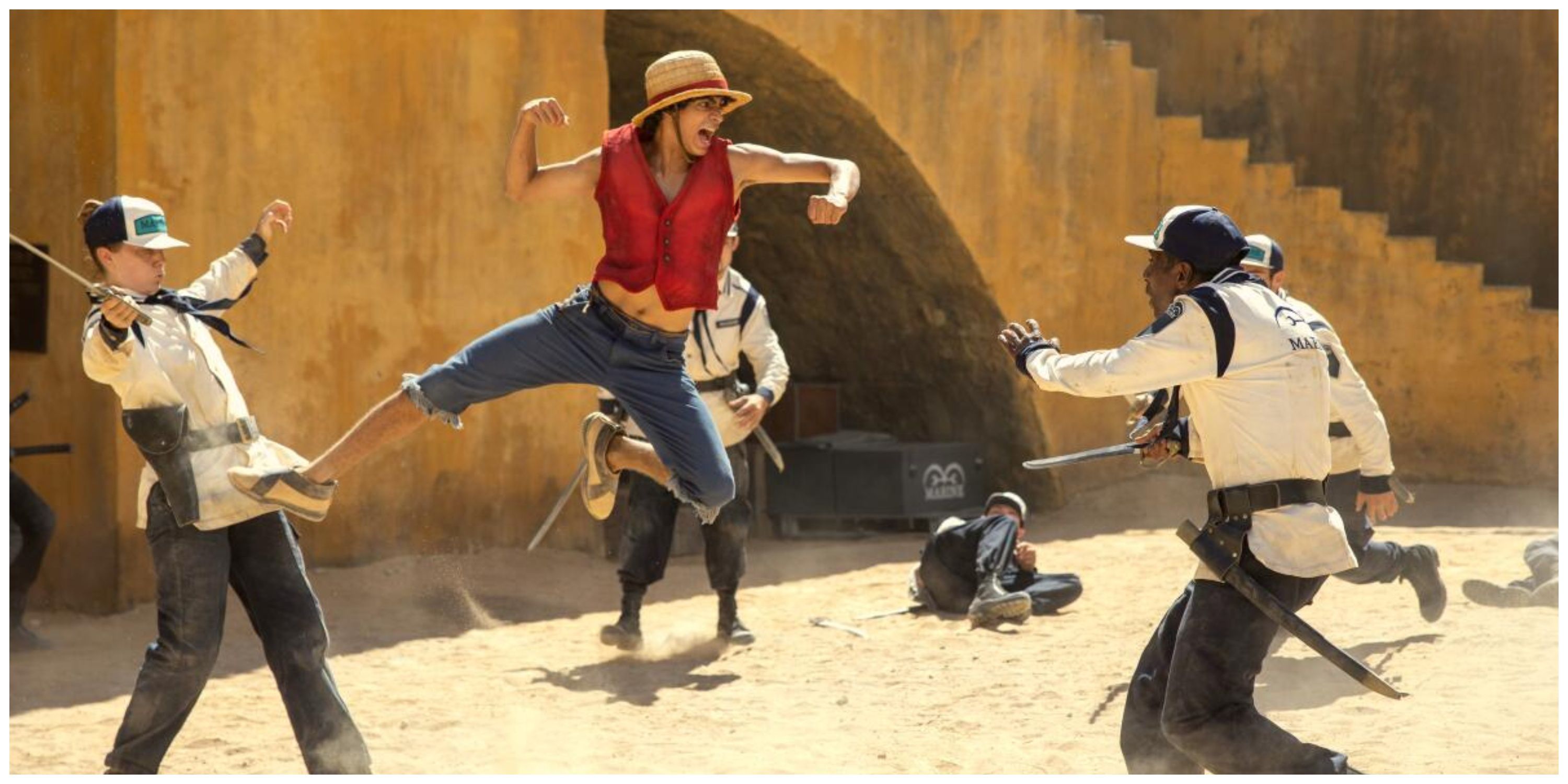
As a shonen action anime series, One Piece features plenty of high-octane fight scenes, some of which are rather lengthy. Some battles unfolded over the course of 10+ or even 20+ episodes, such as Luffy's intense duel with Charlotte Katakuri in the Whole Cake saga. That wouldn't be feasible for live-action, so compromises were needed.
The solution was to condense each fight in the East Blue saga and deliver the same outcome with slightly different means. Those fights involved just enough blows to show what each side was capable of, without relying on battles of endurance or repeated use of the same techniques.
5 Ending Season 1 On a Satisfying Note
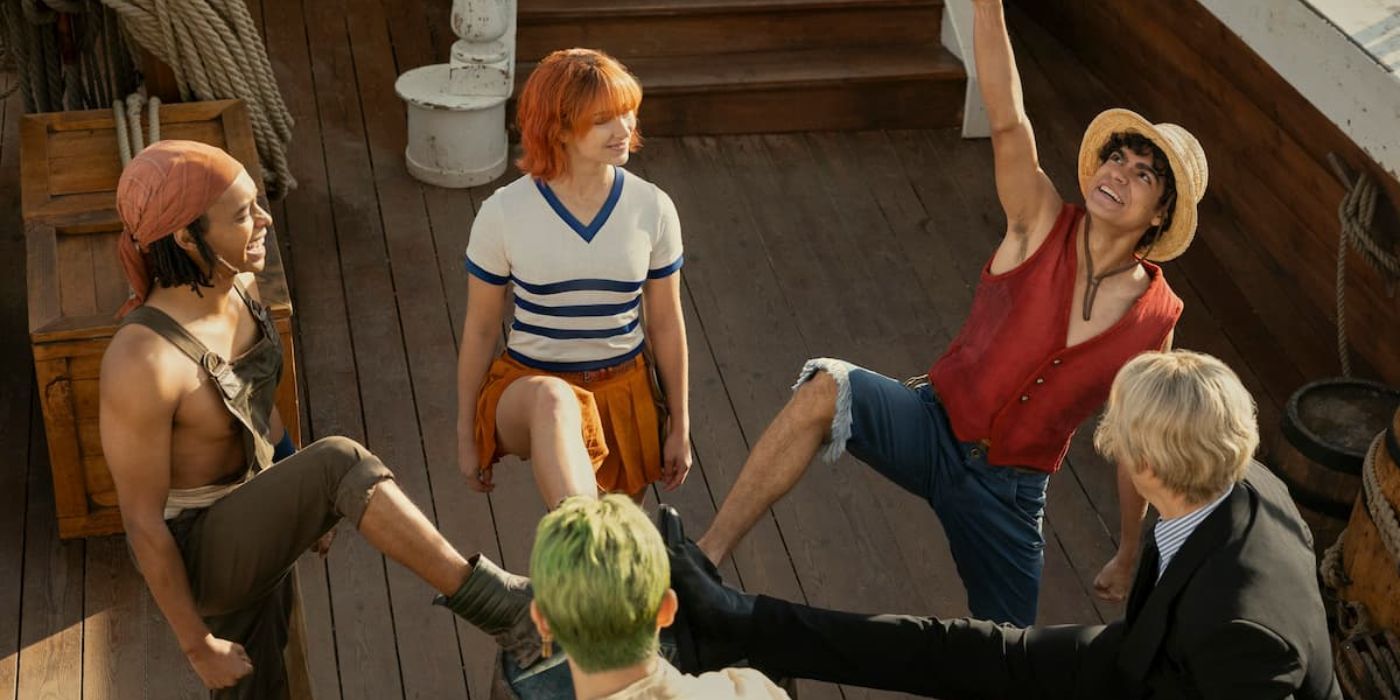
Anime Endings Must Be Handled Well to Leave a Lasting Impression
Netfllix's One Piece series had to end somehow without feeling like an abrupt, unsatisfying stopping point. The challenge was to make the ending feel like the end of one era and the dawn of another, and the producers found an ideal solution.
The ending skipped the Loguetown arc to maintain the momentum from the Arlong Park arc and end the season on a victorious, high note. The East Blue saga was clearly over as the Grand Line beckoned, creating a properly open-ended conclusion that wrapped up Season 1's arcs perfectly.
4 How to Use Humor Without Sounding Ridiculous
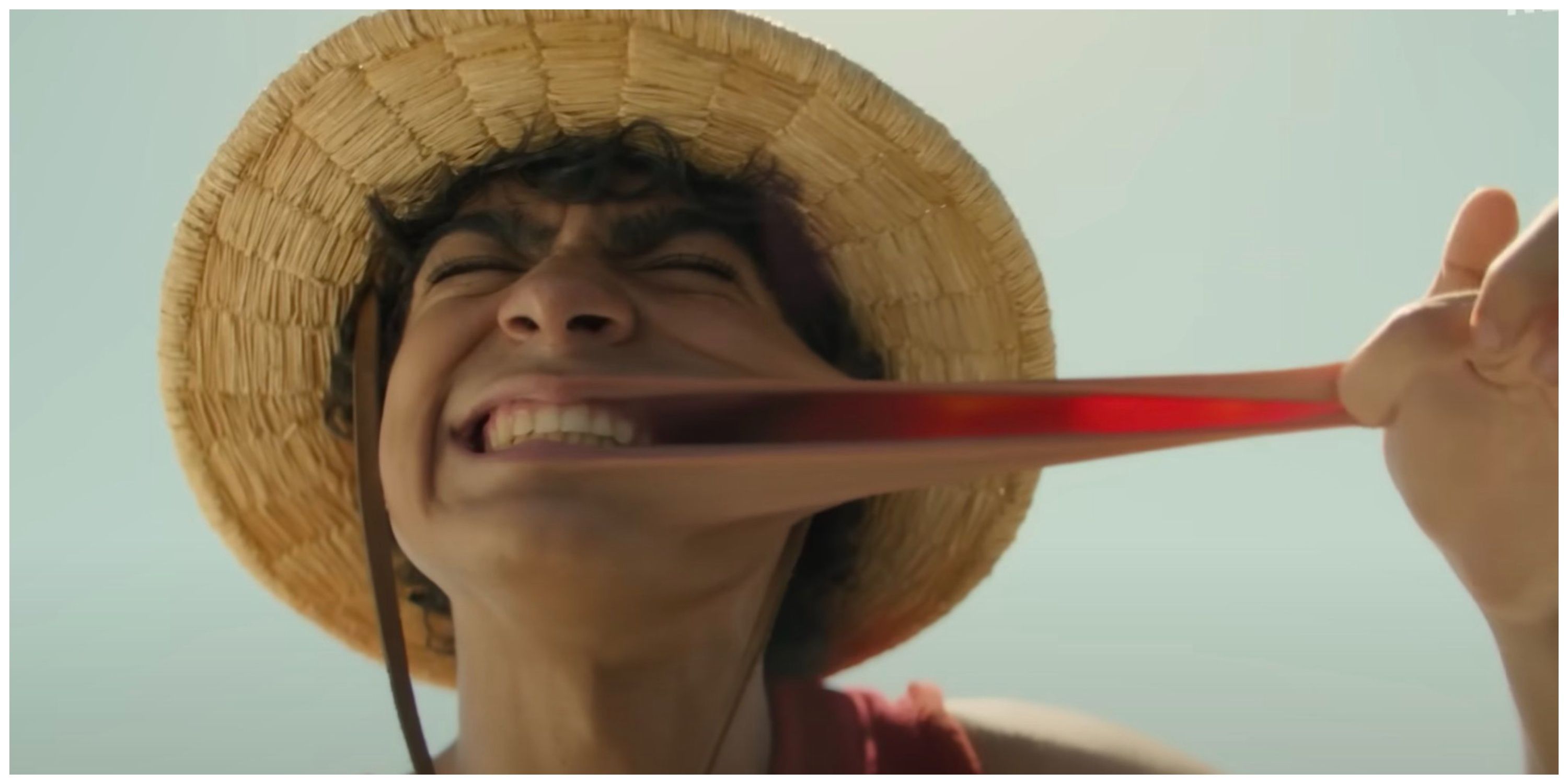
Plenty of shonen action series involve endless banter and even pratfalls among the main characters to make viewers laugh and ease the tension. The problem is that some anime series get carried away, wasting time with unnecessary banter or jokes or resorting to violent tsundere girls to humble the main character. Nami clobbering Luffy out of irritation is one example.
The live-action One Piece series overcame this challenge by completely rewriting the humor. Few of the original anime's jokes or comic relief moments remained. Instead, viewers were treated to more conventional one-liners and quips, not unlike the heroes of the MCU.
3 Making One Piece Accessible For New Fans
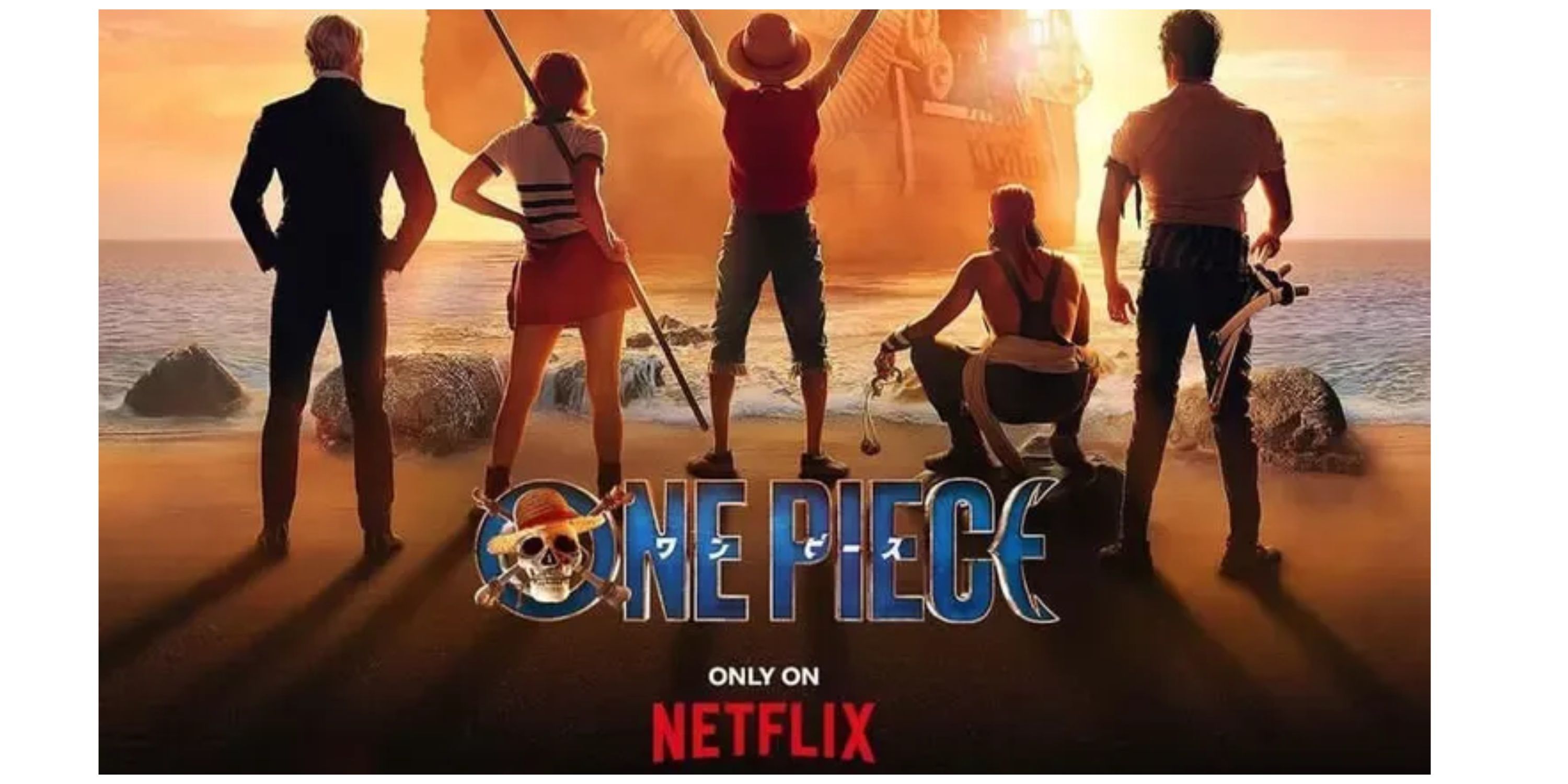
Many live-action anime adaptations are clearly made with established fans in mind, since they don't provide much context and just focus on a fast-paced, complex plot. Such movies don't have time to slow down for new fans, but Netflix's One Piece found a way to welcome all new fans.
The solution was to make One Piece a TV series that has room to explain everything for new fans, from the nature of Devil Fruits to basic worldbuilding and the characters' backstories via flashbacks. The series did include bonus treats for established fans, such as a cameo for Captain Smoker, but new fans didn't miss a thing.
2 Using Lengthy Flashbacks & Complex Character Backstories
One Piece Has a New Formula For Flashbacks
It's common for anime series to use lengthy flashbacks to fill in important gaps in the backstory or reveal a character's origins and experiences. The challenge is how to use such hefty flashbacks in a timely manner in an adaptation like One Piece. Some anime flashbacks take up half an episode or more, after all.
That challenge was neatly overcome with the clever use of flashbacks that were broken up into pieces in Netflix's One Piece. This even allowed the past and present in One Piece to mirror one another, with similar scenes in the flashback and present day appearing side by side.
1 Taking New Fans By Surprise & Not Be Purely Rehash
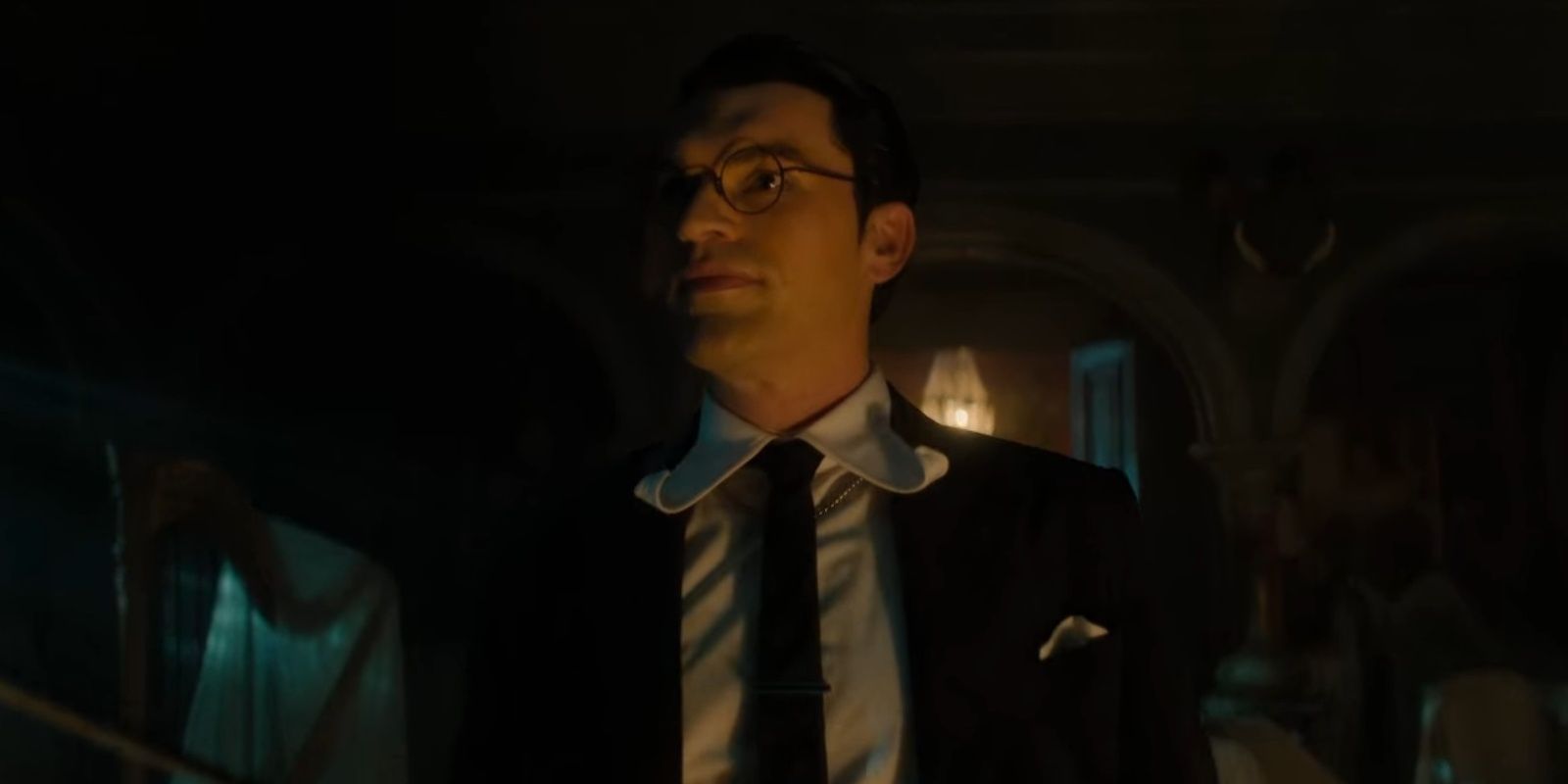
Live-action anime adaptations strive to closely emulate the animated series that came before, and fans expect a great deal of accuracy. The downside is that fans end up watching the same thing they've already seen before, just with live-action actors and props, which can take some of the fun out of it.
Netflix's One Piece overcame that challenge by having each story arc ending in the same way as the anime, but changing some details along the way. That preserved the series' plot and created the same payoffs, such as freeing Nami from Arlong and acquiring the Going Merryat Syrup Village. But if the process to reach those resolutions is changed a bit, veteran fans may be surprised in fun and refreshing ways, such as Captain Kuro's sequence as a horror movie villain and Buggy torturing Luffy for information like something out of a Saw movie.
